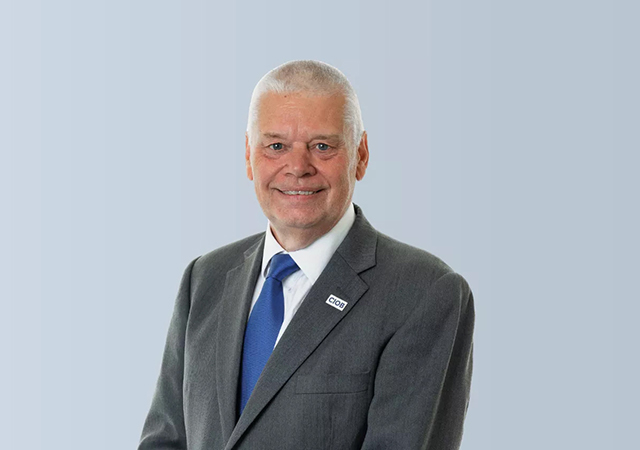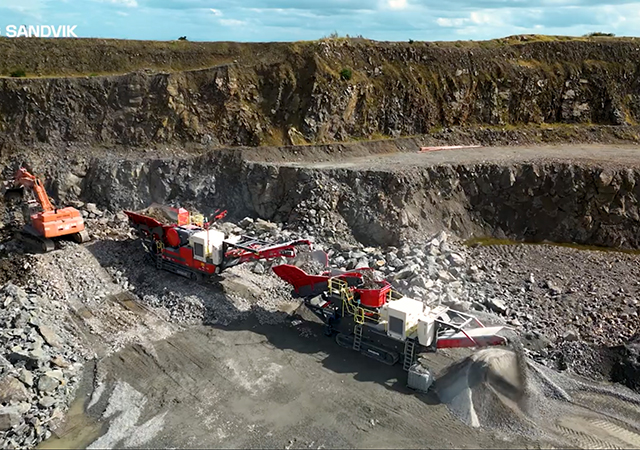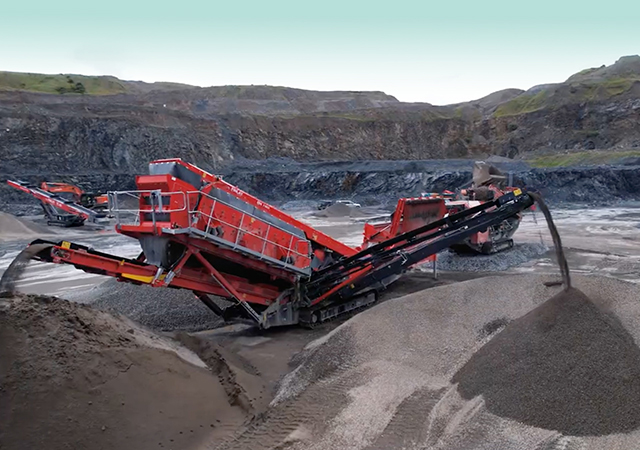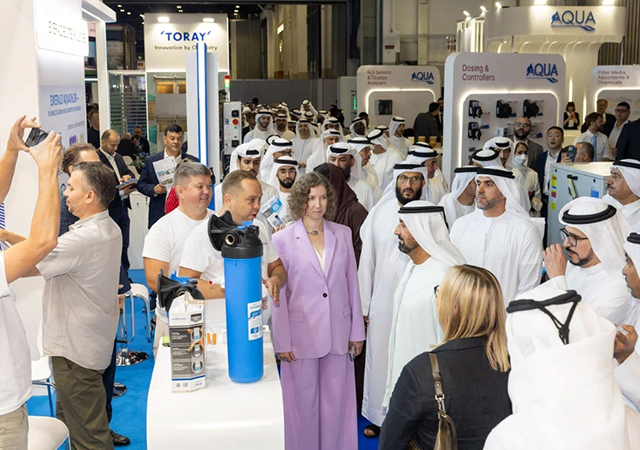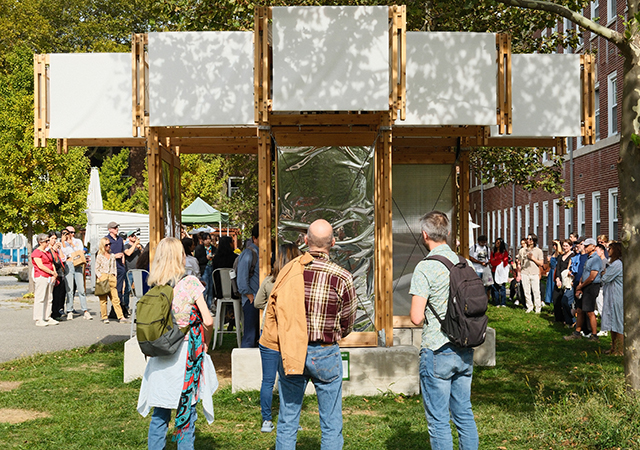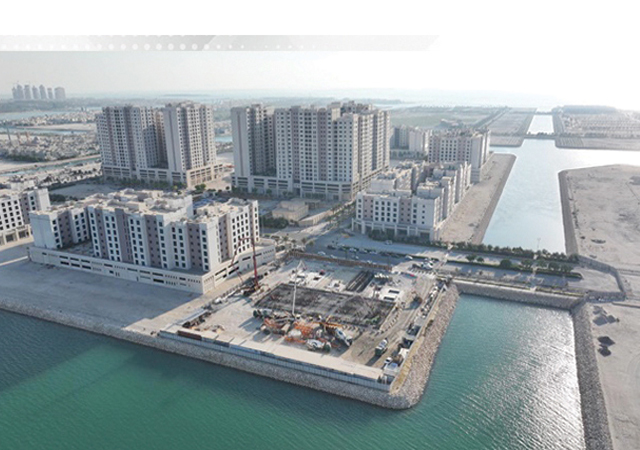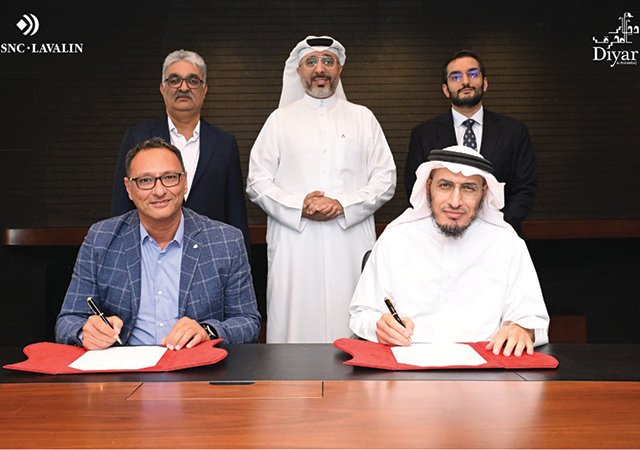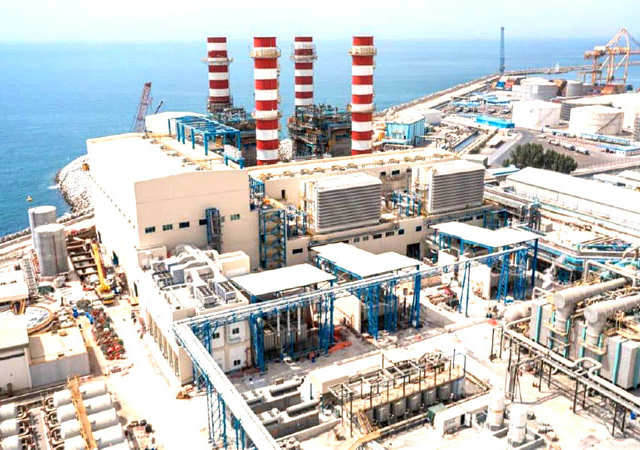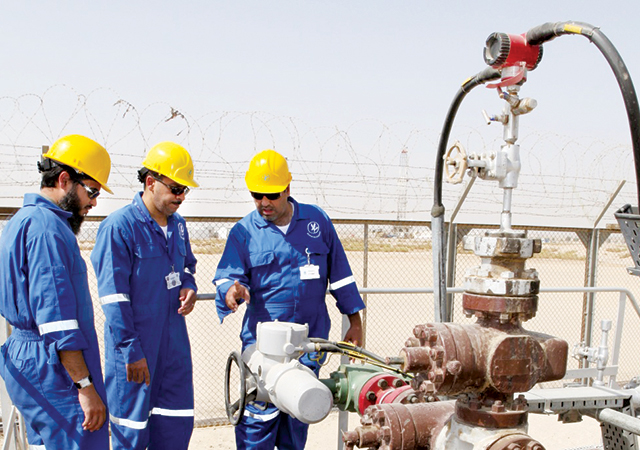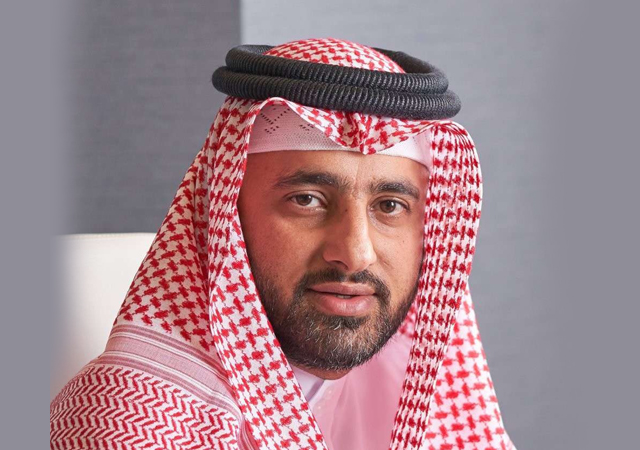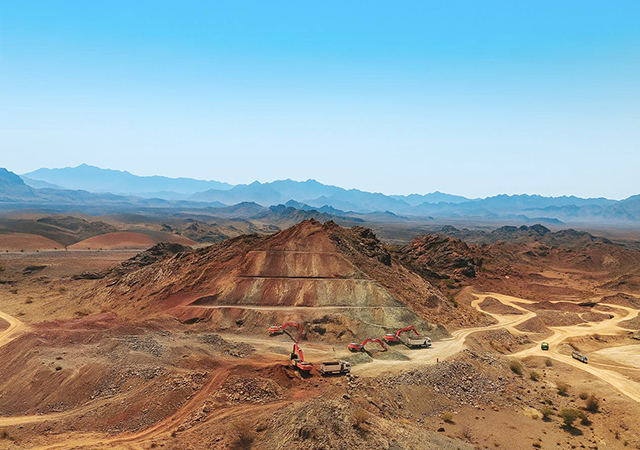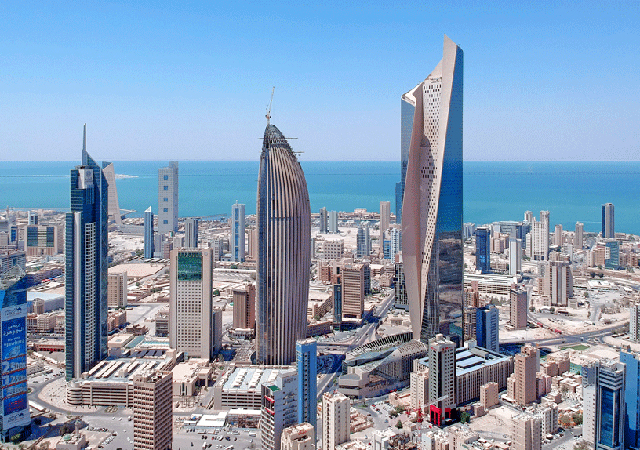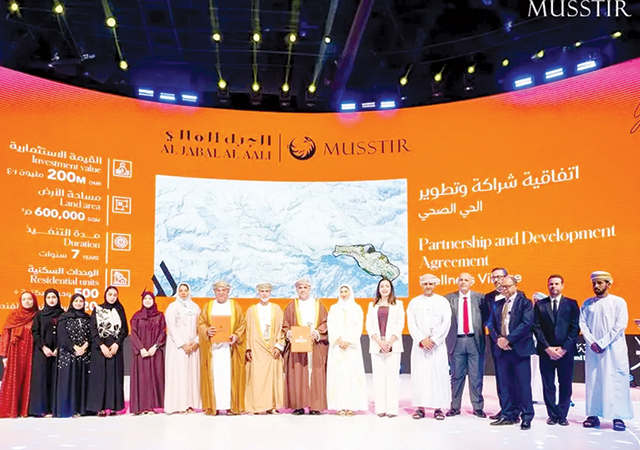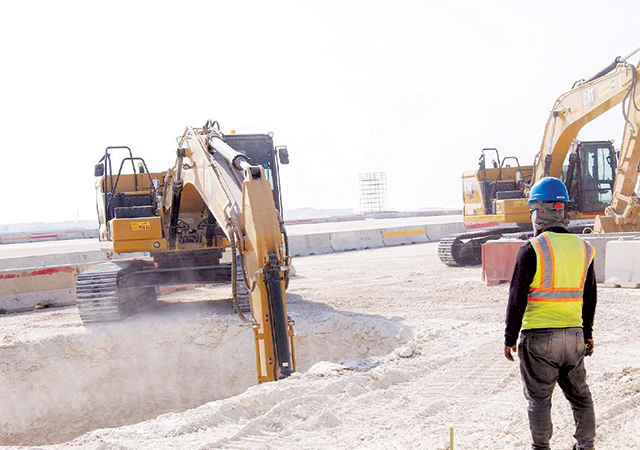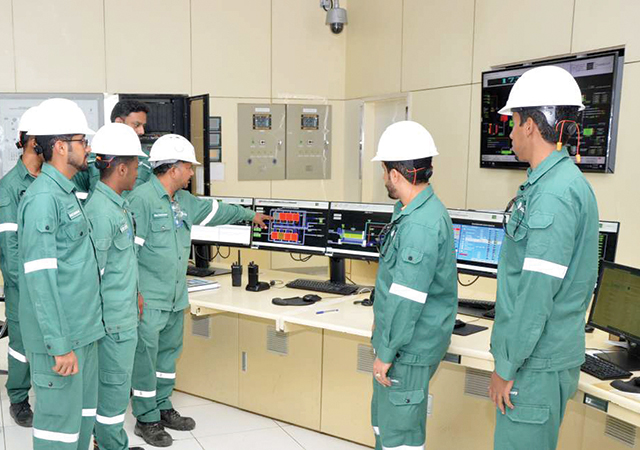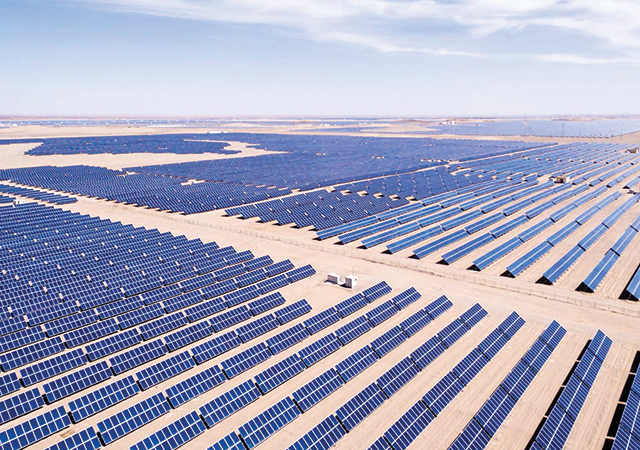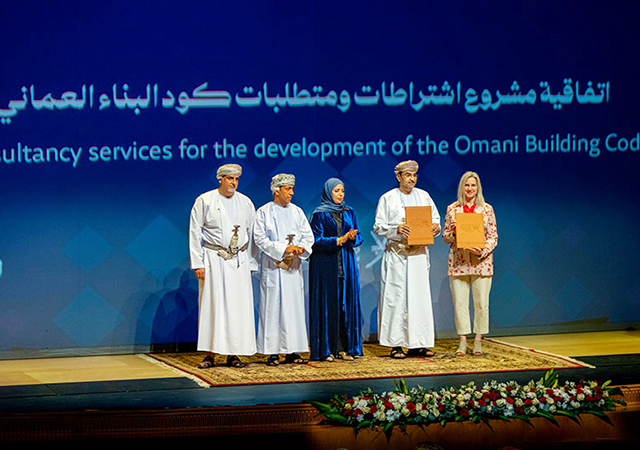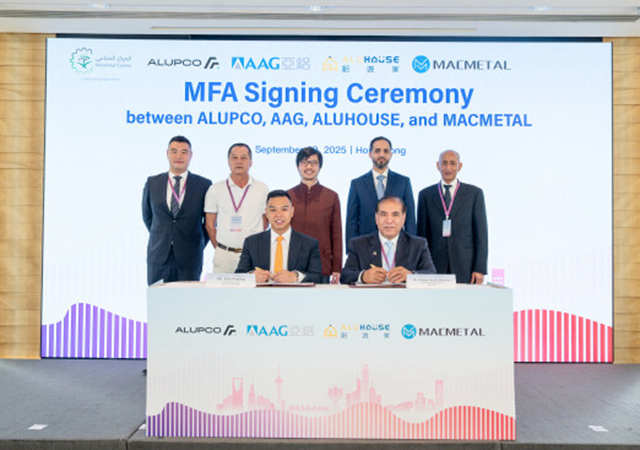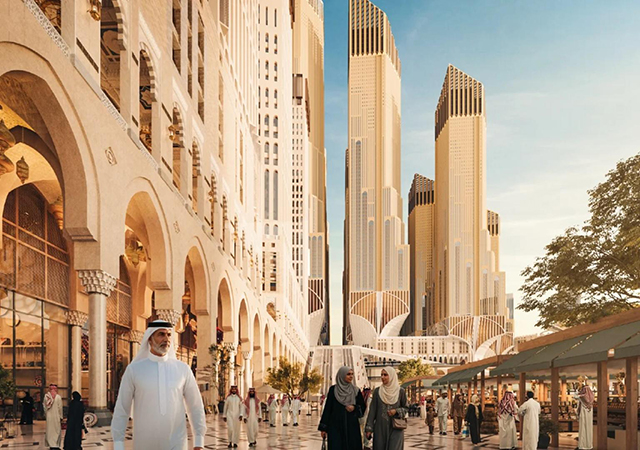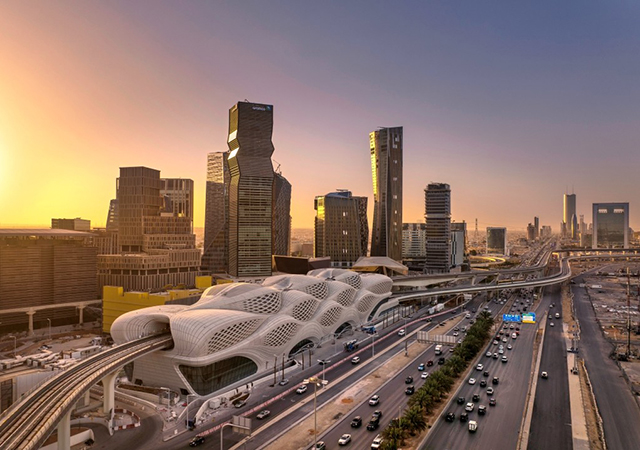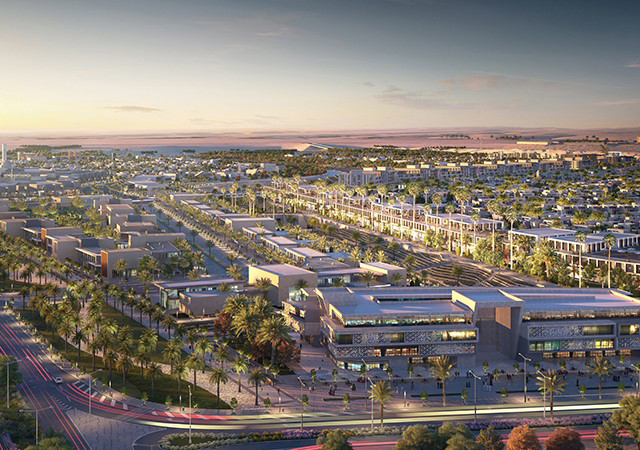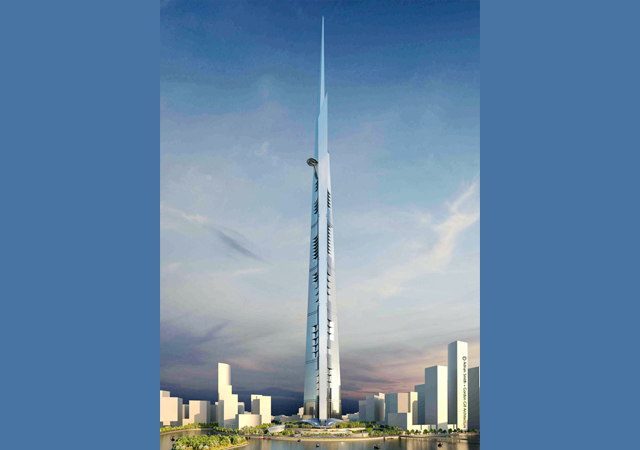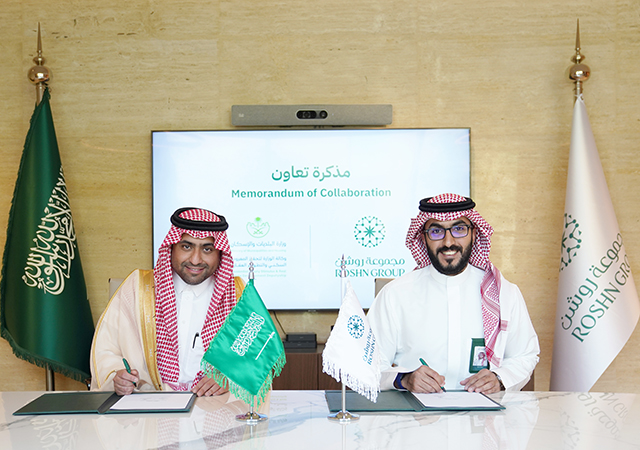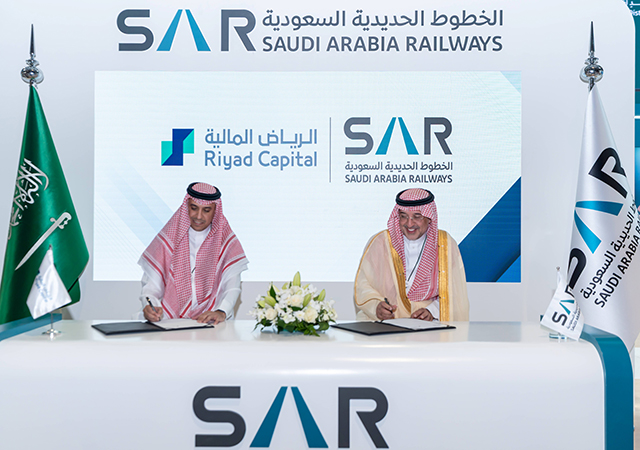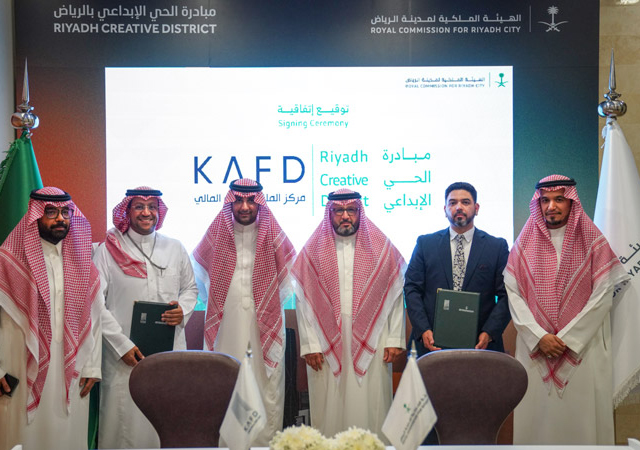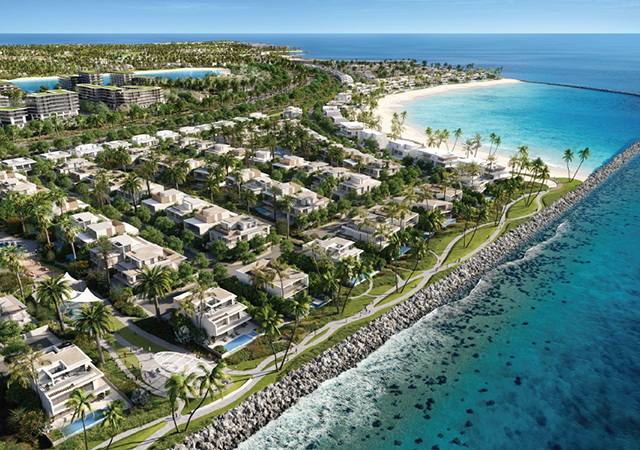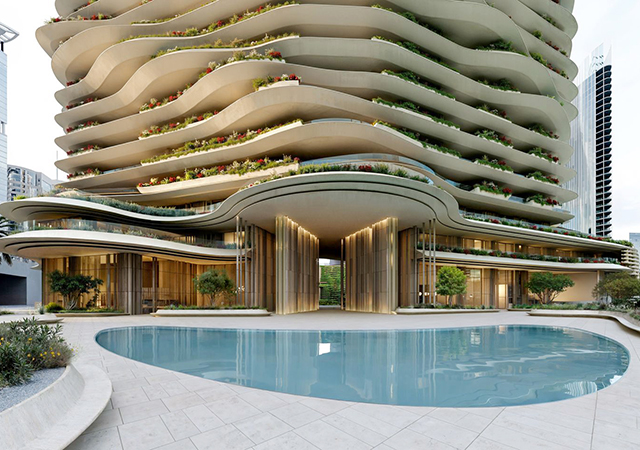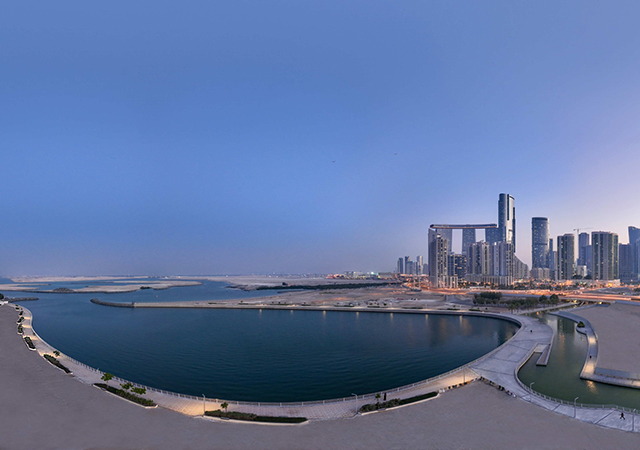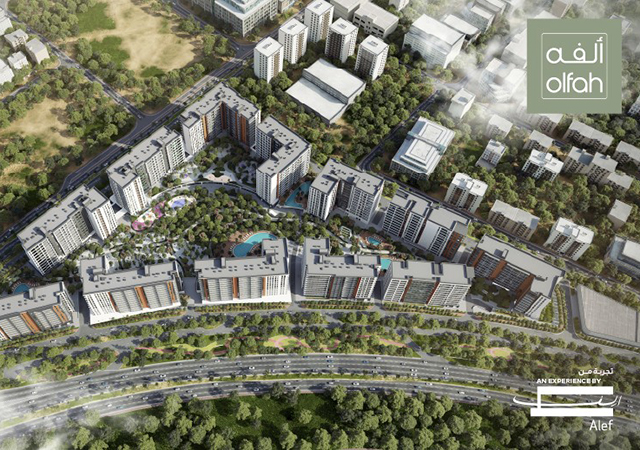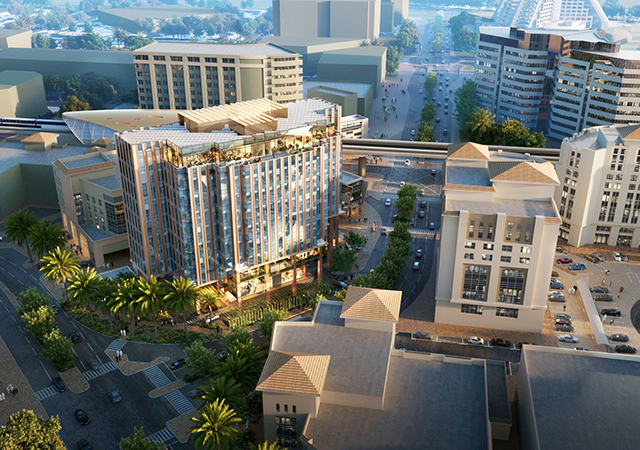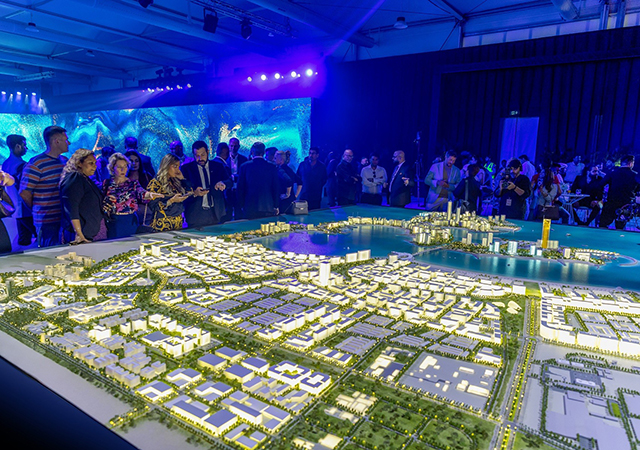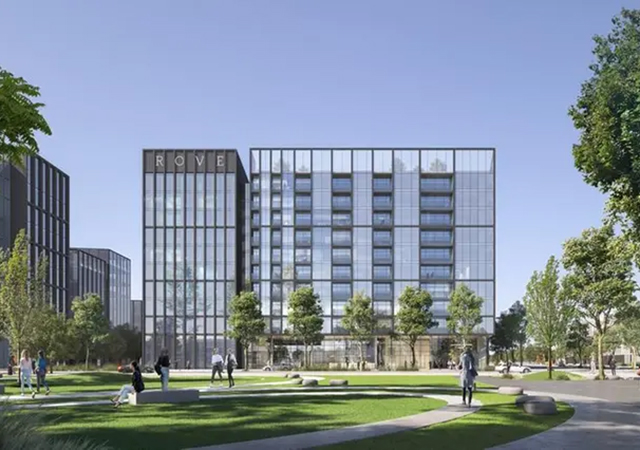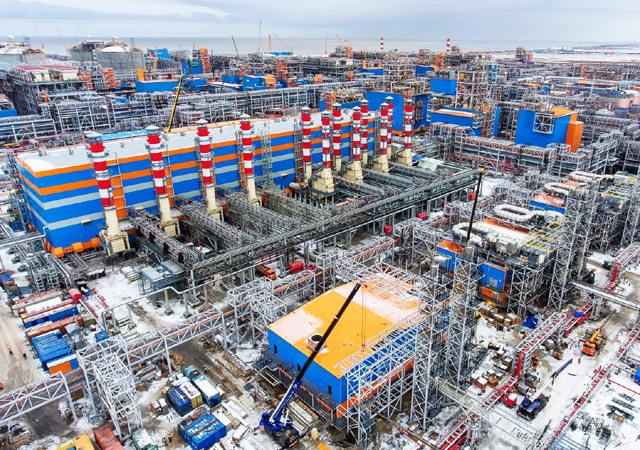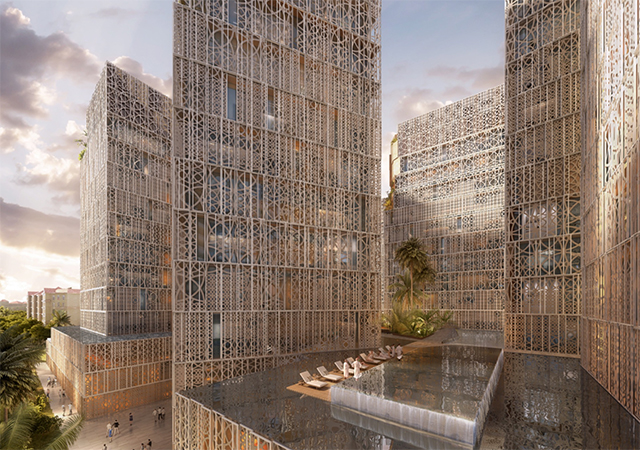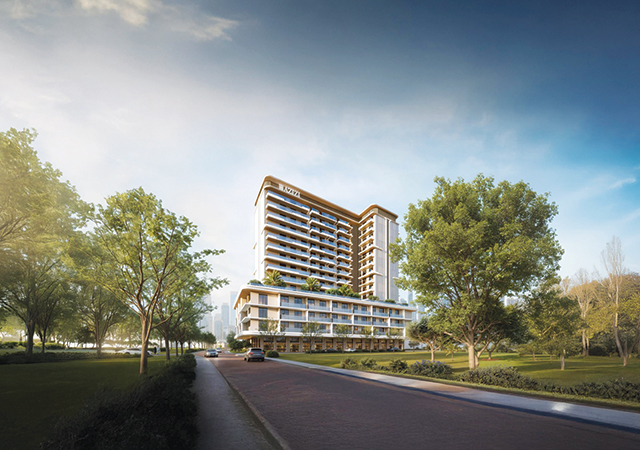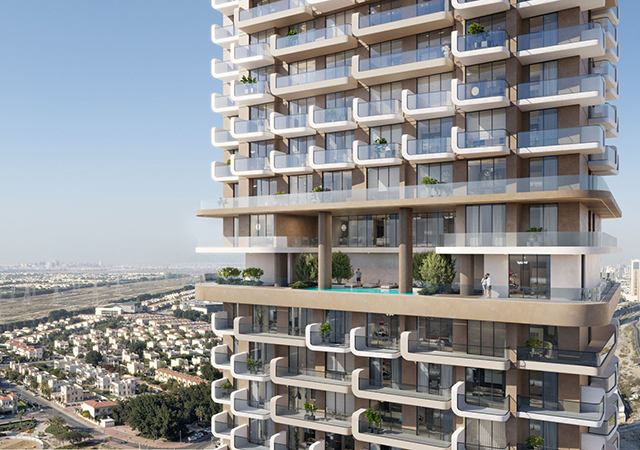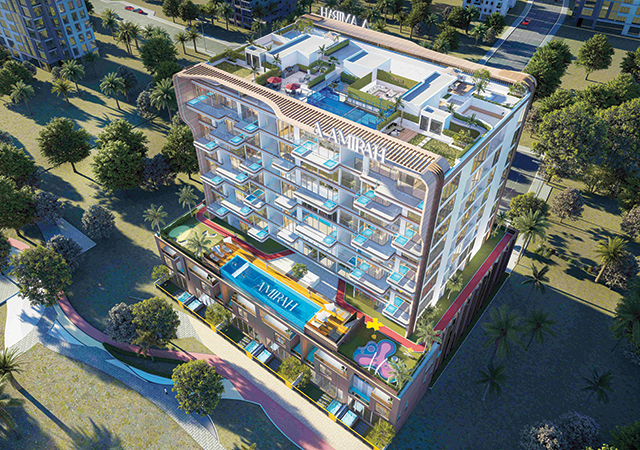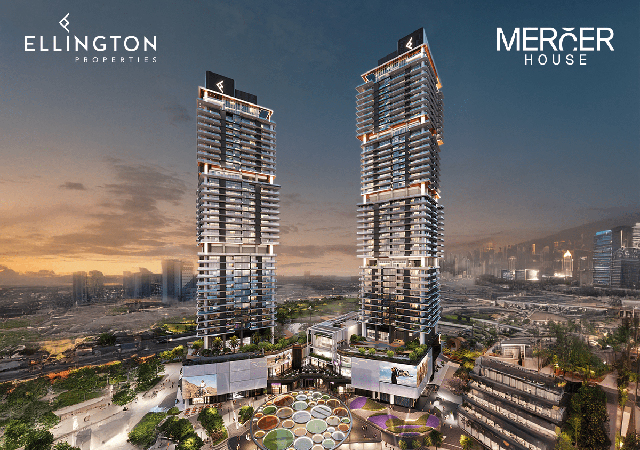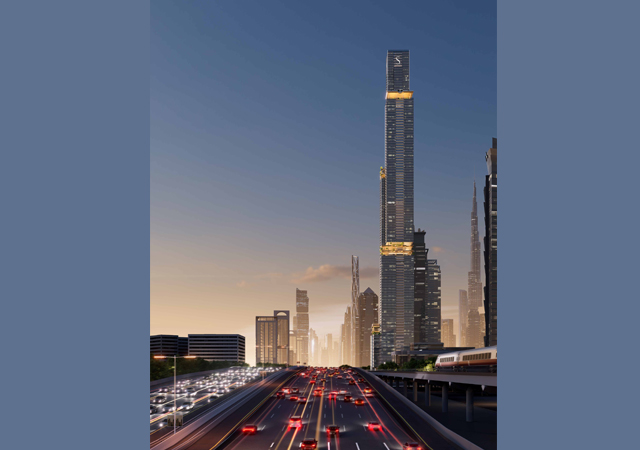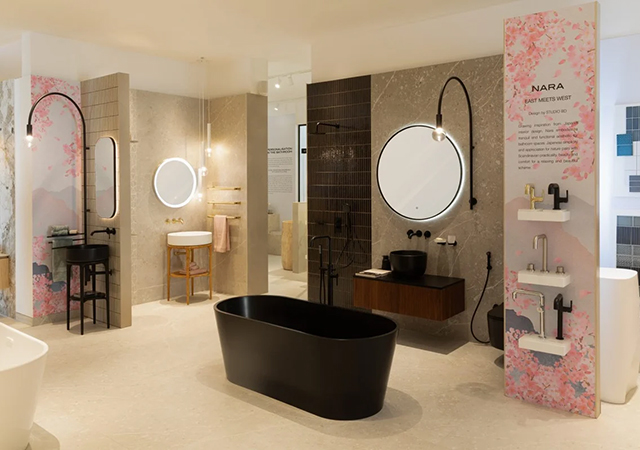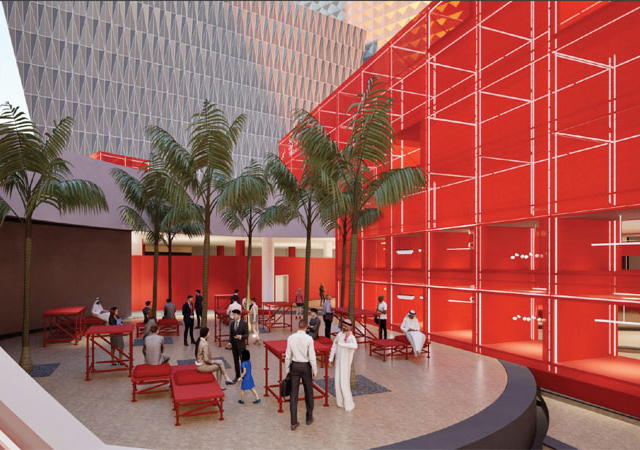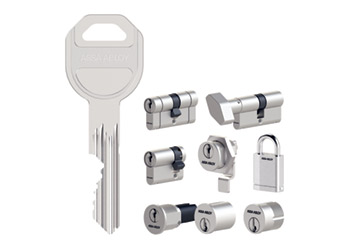
 Polypipe SuDS solution ... Polystorm weighs 94 per cent less than its concrete equivalent.
Polypipe SuDS solution ... Polystorm weighs 94 per cent less than its concrete equivalent.
As temperature and sea levels continue to rise, we’re all feeling the consequences of extreme weather events, which is just one reason why tackling climate change has steadily moved to the forefront of the global sustainability agenda. Already notably afflicted by high temperatures and low levels of fresh water, the GCC’s vulnerability, in particular, has ignited a regional movement towards disaster risk reduction and water security.
Not only are we faced with declining levels of precipitation in the region, but rainfall patterns are also changing. Intense rainfall over shorter periods of time triggers flash floods that are proving to be a tough match for the traditional grey infrastructure typically seen in cities in the region. Unfortunately, current systems of gutters, pipes and tunnels that move stormwater away from urban areas and into treatment plants or surrounding water bodies only have a limited capacity, causing sudden influxes of water to overwhelm drainage systems.
 |
|
Smith ... SuDS can reduce flood risk in urban areas by up to 80 per cent. |
Unlike grey infrastructure, in the natural water cycle, rainfall is able to infiltrate the earth and is naturally filtered through the soil, removing toxins and sediments. The concept of Sustainable urban Drainage Systems (SuDS) mimics this process through an innovative source control strategy where the surface runoff is collected into underground networks. The water can either be stored or allowed to slowly percolate back into the ground through controlled release, to avoid overwhelming drainage systems. By opting for attenuation and soakaway solutions rather than simply diverting runoff, SuDS can minimise flood risk in urban areas by up to 80 per cent, and massively reduce property damage and public endangerment.
SuDS are a key step in the natural evolution of modern communities in the GCC. With the opportunity to repurpose captured water, they can greatly reduce the strain on groundwater resources and energy-intensive desalination plants, while still contributing to the regeneration and preservation of our ecosystem. Adopting a sustainable approach to water management will help mitigate concerns around water security – a pressing issue considering six out of seven Gulf states have a water scarcity risk rating of ‘extremely high’. It also offers a unique opportunity to lower capital and operating costs, and increase revenues, helping to maximise return on investment (ROI) on projects in the long term.
Polypipe Middle East offers two geocellular SuDS solutions: Polystorm and Permavoid. Both water management strategies enable the reclamation and treatment of water, which is then reused for agriculture, irrigation, groundwater replenishment, and industrial processes. This cyclic approach offers a more sustainable alternative to conventionally linear systems in which surface runoff and stormwater is treated as a waste product. Additionally, with around 70 per cent of the UAE’s total water consumption going towards irrigation, a more circular approach to water management not only reduces water scarcity, but also has the potential to save up to $2.1 billion a year on desalination.
This is where the company’s award-winning Permavoid solution comes into play. Engineered as a passive irrigation system, Permavoid utilises innovative capillary cone and wicking geotextile technology to allow water to naturally flow up into the soil on a demand-only basis. The subsurface irrigation system can lower water demand for irrigation by up to 40 per cent compared to drip irrigation, by minimising water loss through evapotranspiration.
 |
Each Polystorm cell is capable of storing up to 190 litres of water. |
Permavoid can even be installed on top of buildings to create multifunctional green roofs. Aside from the array of social and commercial benefits, green roofs are capable of retaining 70 to 90 per cent of stormwater. With roofs accounting for up to 50 per cent of impermeable surfaces in urban areas, green roofs hold the potential to reduce flood risk by up to 80 per cent. The water is stored in plants, the surrounding growing medium, and underlying water management system, before being gradually released back into the atmosphere.
Polystorm, on the other hand, is better suited for civil applications such as roads, where maximum water storage capacity is required to ensure safety. Each Polystorm cell is capable of storing up to 190 litres of water, and its modular nature allows for flexibility in shape to account for unique project needs and architectural requirements.
While the concrete used in traditional grey infrastructure is typically selected for its perceived strength and durability, the polypropylene used for SuDS offers the same level of resilience, but only takes one day to install. Weighing 94 per cent less than their concrete equivalents, Polystorm has a 40 tonnes/sq m load-bearing capacity, making it suitable for use under both lightly and heavily trafficked areas.
The evolution of water technology is important for many reasons. It helps to reduce the risk of flooding, which is more than a mere inconvenience but a serious danger to human life.That’s why for property planners, architects, developers, contractors and local municipalities involved in urban development, it is essential that we explore the more innovative water management systems and ensure that infrastructure is becoming better equipped for the increased rainfall and its consequences. Circular water management strategies such as SuDS offer a unique opportunity to embrace the future of water management.
* Polypipe Middle East is a market-leading expert of managing water in the built environment, which offers a vast portfolio of above-ground and below-ground drainage, storm/surface water management and plumbing systems.



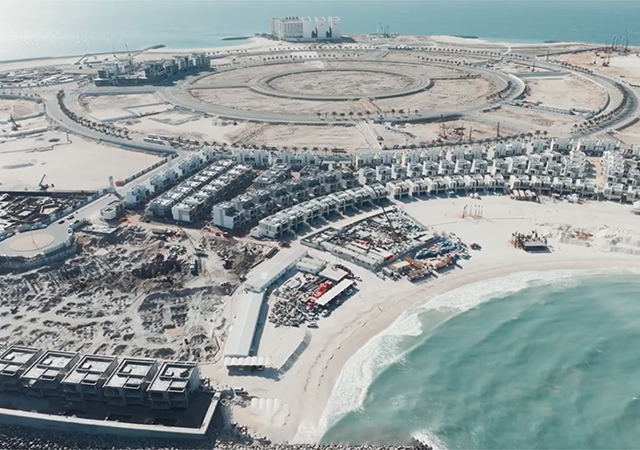

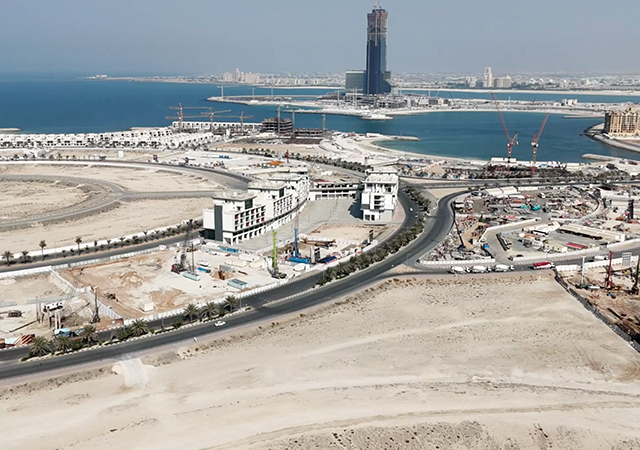
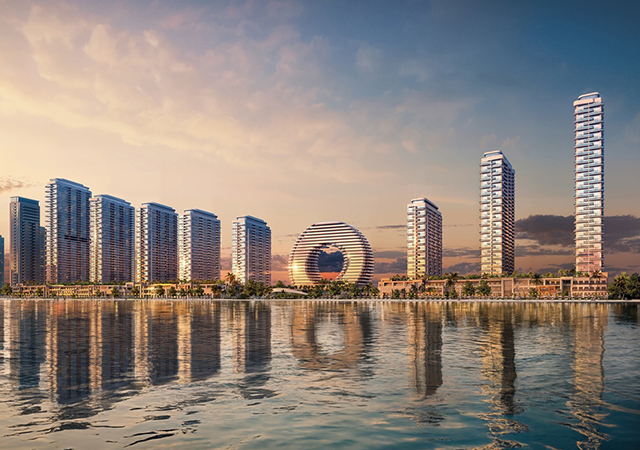
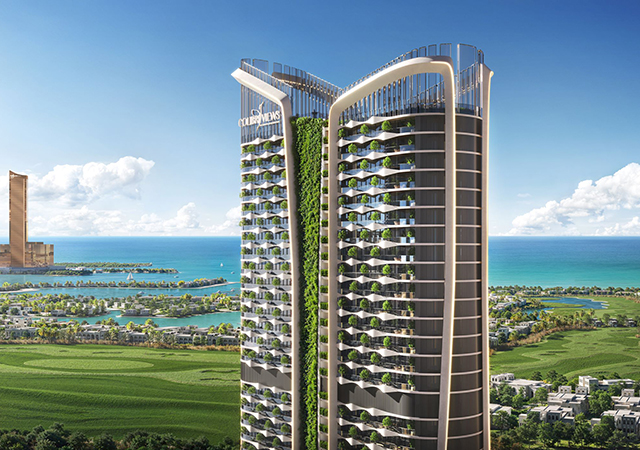
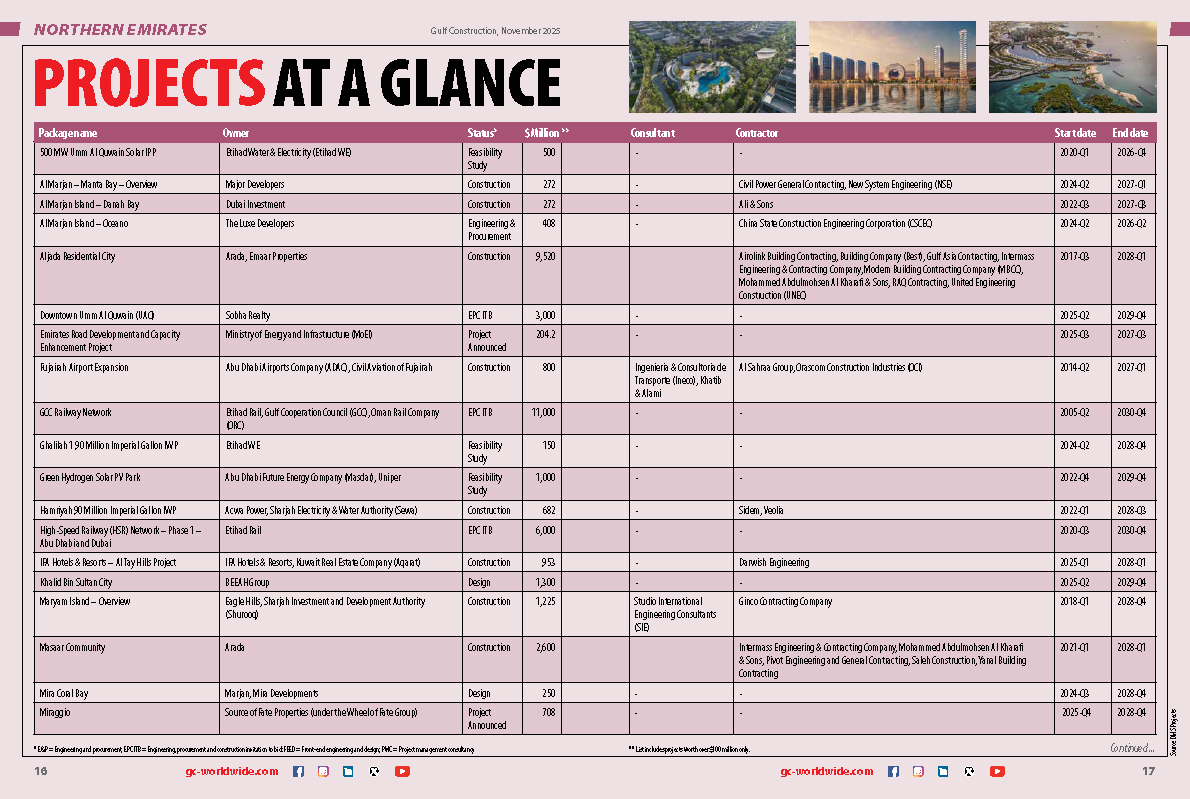
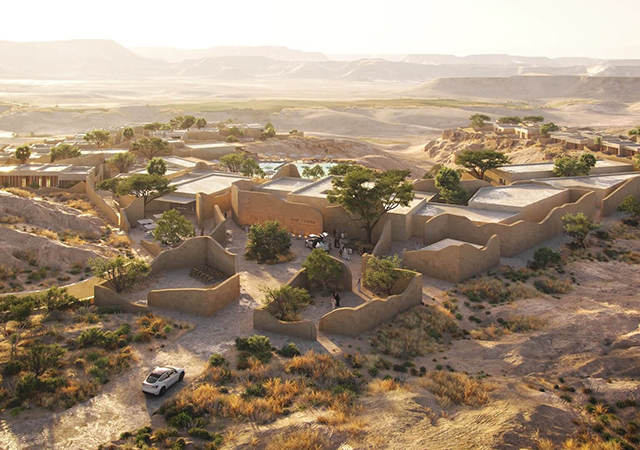

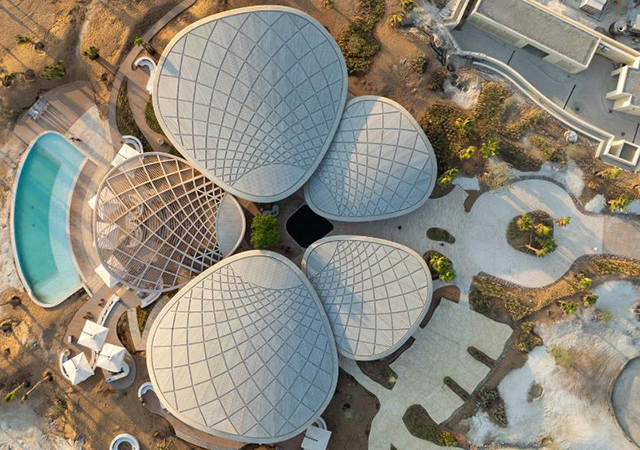

(5).jpg)
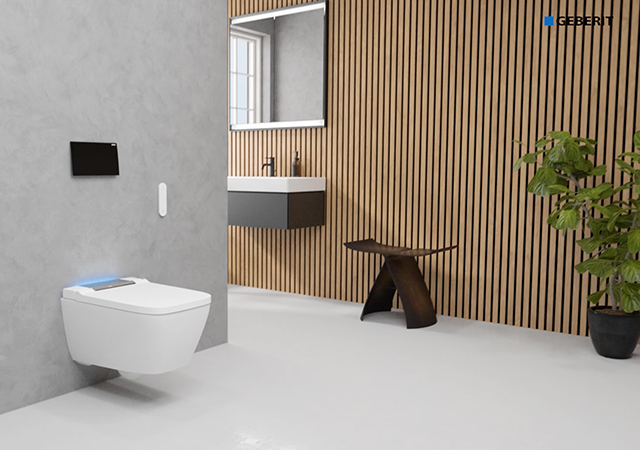
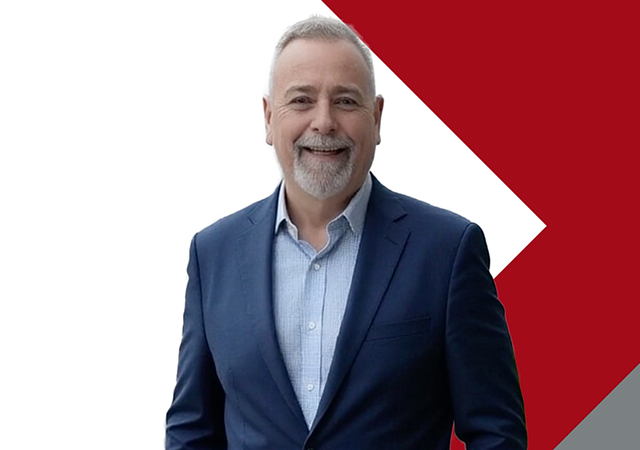
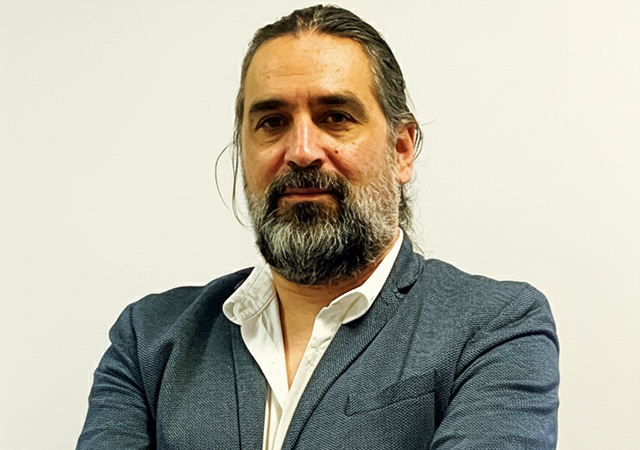
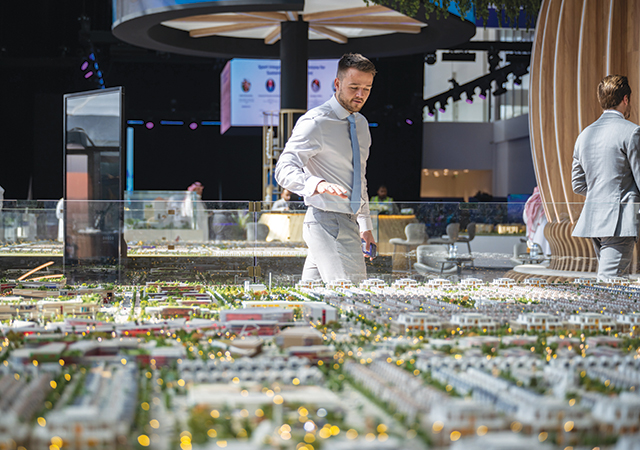
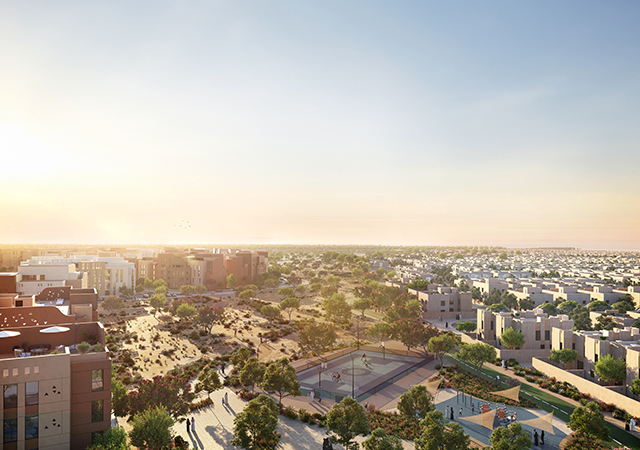



.jpg)
